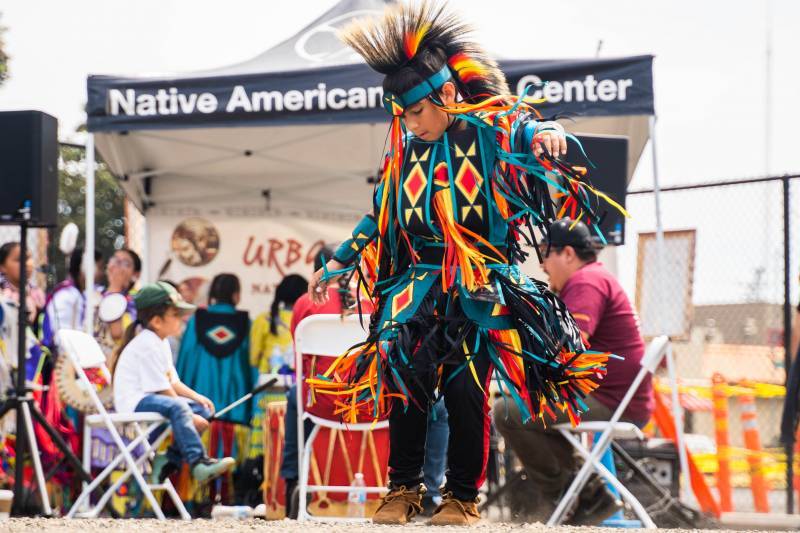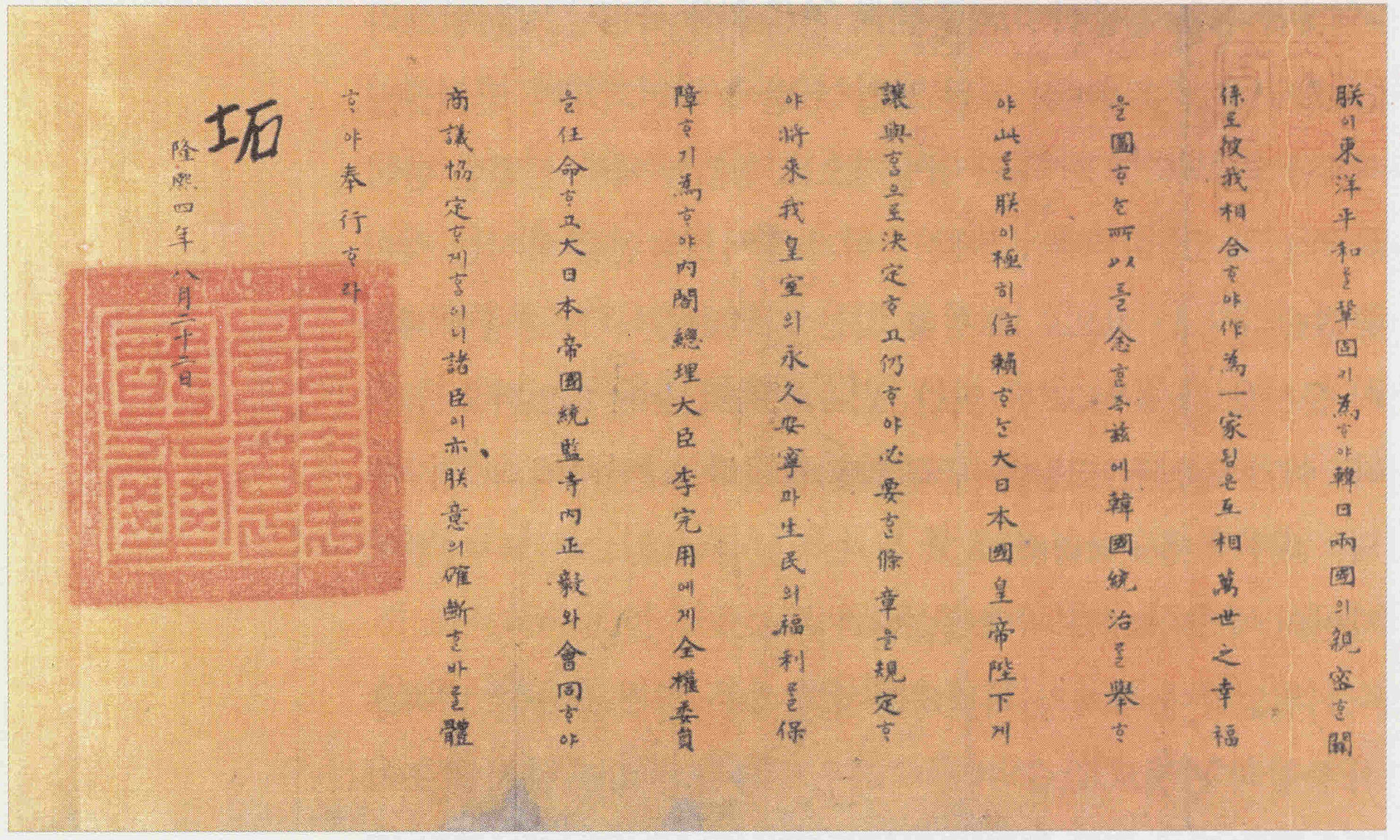Criticisms + Interpretations
There There
One criticism of There There is that the novel has "propulsive energy" and gritty language. Allen, a critique mentioned that the first time he read There There, he thought the language in Tony Lonemans section was too intense. "I wasn’t sure how I felt about Tony Loneman’s overdetermined, highly allusive name or the specific qualities of his first- person narration, which spotlights the effects of the twentyone- year- old’s fetal alcohol syndrome. And I wasn’t sure how I felt about the scenes of Tony confronting reflections of his “droop[ing],” “spread out” face in mirrors and blank television screens (Orange 16). Both the representation of fetal alcohol syndrome and the theme of reflection—how urban Indians can see and thus know themselves as Indians only through mediation—felt heavy- handed, as did the focus on Tony’s interactions with violent drug dealers who planned to rob a big powwow being organized by the Oakland Indian Center." However, when Allen read this novel a second time, his perspective changed and he felt more empathy for the Native Americans. "Much of this narrative power emanates from the novel’s structure, from below the surface of its gritty language and familiar imagery, undergirding its urban content and themes" (Allen 582).
I think that Orange purposely included such language in order to show how Native Americans are marginalized. As a result, the author places an emphasis on tribalography, which is defined as "the means by which Native people tell the story of the tribe in myriad genres" (Ross 583). This aims to validate the urban experience. "Tribalography uncovers the content and subtext of these stories, since Native stories often include the storyteller’s tribal elements. Native stories tend to be grounded in how Indigenous people relate to one another and to the land. Dene Oxendene’s documentary film project indexes precisely this element of tribalography in its determination to record urban Native stories in Oakland" (Ross 584). Orange's emphasis on this concept emphasizes the importance of community the Native Americans value.
My interpretation is that Orange's emphasis on community, generational trauma, and marginalization connects well to the ending of There There. All of these themes lead to the powwow at the end of the book. Orange's main point is that the powwow at the end is a renactment of all the historical massacres against Natives, once again highlighting the way they were ill treated in history.
Pachinko
The main positive criticism of Pachinko is that Koreans are a "stained race." Even the good Koreans are a stained race. "Lee employs a straightforward prose and linear structure, relying for effect on the drama of her immigrant narrative; she sweeps us along, skipping nimbly over years and into the heads of her characters. Whether they are noble and long-suffering, like Sunja, or morally compromised, like Hansu, Lee provides richly textured, sympathetic portraits" (Steven 3). Lee has well shown how Koreans who immigrate struggle in Japanese society.
One interpretation of Pachino is that Lee is trying to convey that life is a game. "For Mozasu, who becomes a millionaire setting up such parlours, "life was like this game where the player could adjust the dials yet also expect the uncertainty of factors he couldn't control" (Bigman 5). Similarly, "Mozasu's Japanese girlfriend muses, "there could only be a few winners and a lot of losers. And yet we played on, because we had hope that we might be the lucky ones" (Bigman 5). Lee purposely highlights the contrast between Mozasu and Noa. Mosazu is highlighted as a bad or dirty Korean where Noa tries to be a good Korean. Despite being a "dirty Korean" Mozasu still ends up better off than Noa. I believe that Lee purposely made it that Noa has a tragic ending, which has to do with Christianity and religion. The discussion we had in class last week where we compared characters in Pachinko to characters in the Bible supports that. Noa is the only character where his description does not meet the Bible description. This has to do with the fact that he was born impurely due to Hansu and Sunja's incident. Through these connections, Lee is also trying to show how women had a hard time in society and that they were looked down upon as "impure," when this incident was not Sunja's fault. Society still made it seem as if she should take the blame and deal with the consequences. All of these points connect back to the concept of generational trauma, where characters across generations face these issues.

